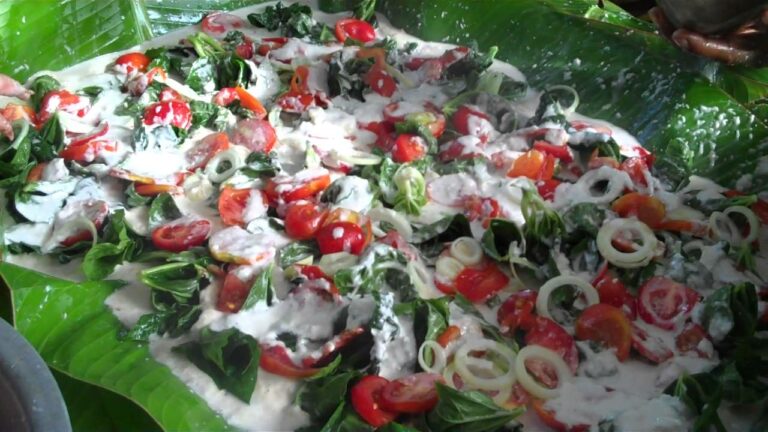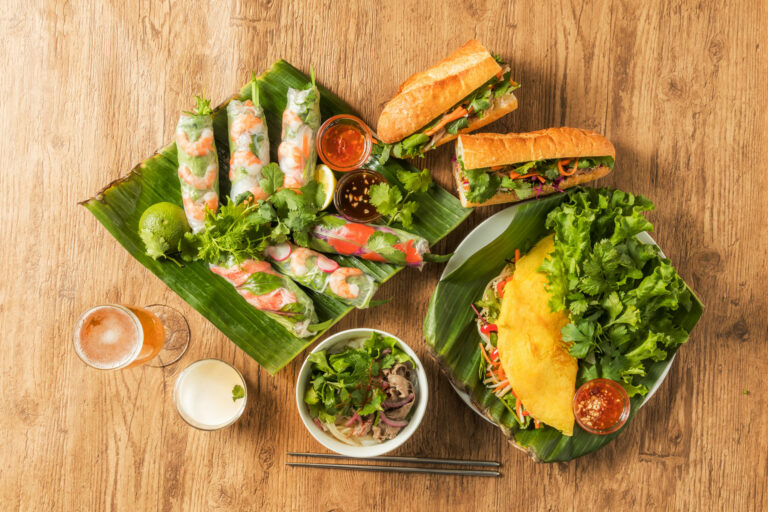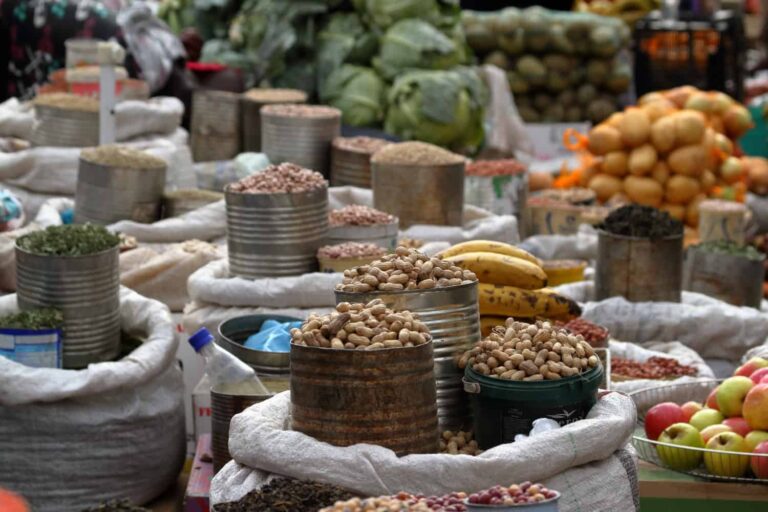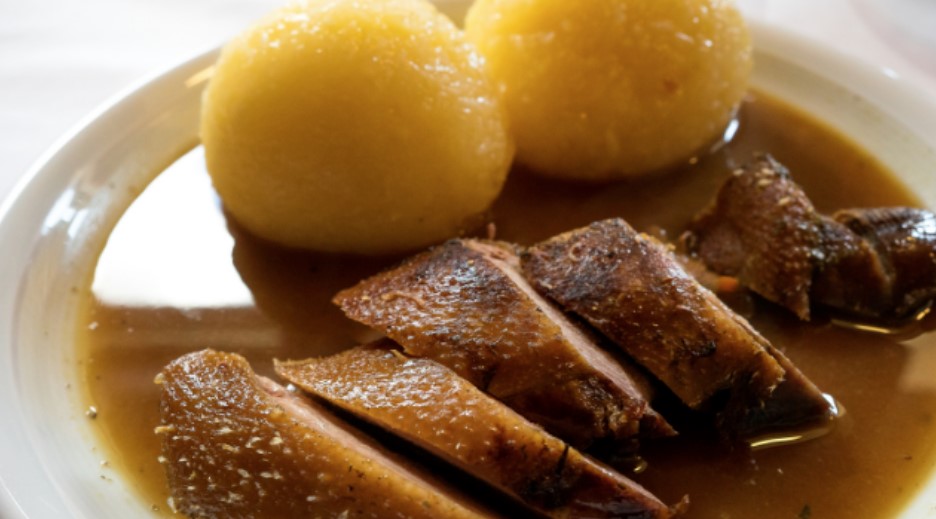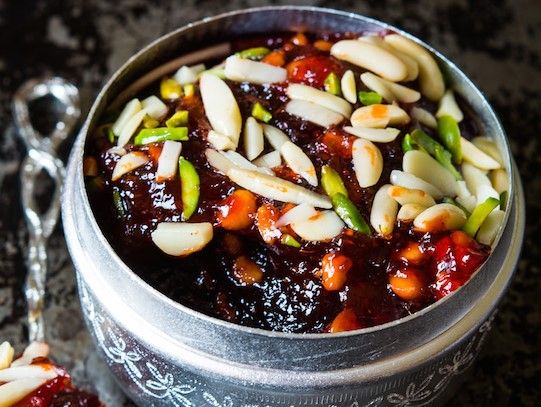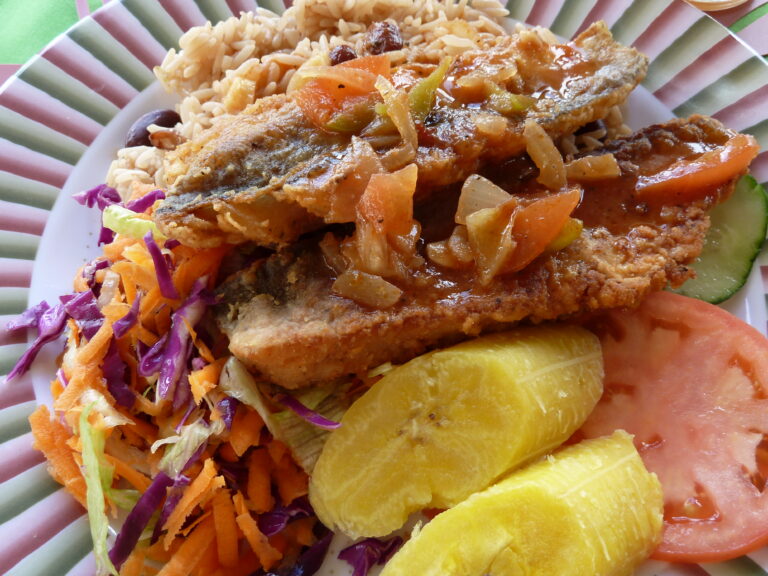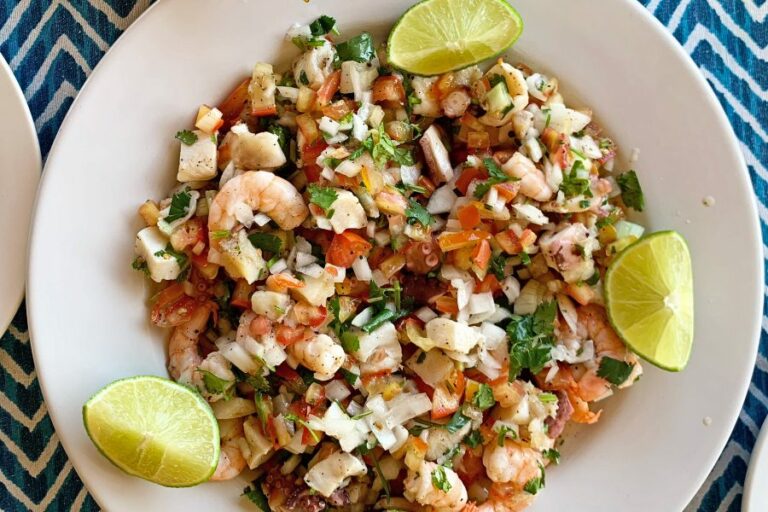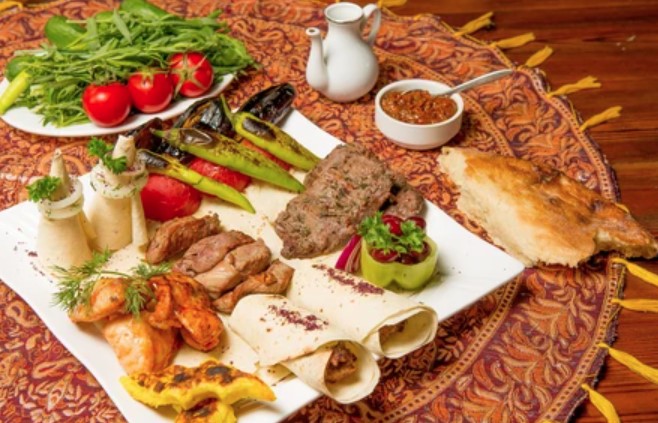Introduction: Uruguayan cuisine in South America
Uruguay, a small country in South America, is not often talked about in terms of its cuisine. However, Uruguayan food is truly unique and deserves recognition for its distinct flavors and influences. Located between Brazil and Argentina, Uruguayan cuisine is heavily influenced by both of these neighboring countries, as well as by Spanish and Italian cuisine due to its history of colonization. The result is a cuisine that is both familiar and yet entirely its own.
Culinary influences in Uruguayan cuisine
Uruguayan cuisine has its roots in various culinary traditions, making it a fascinating mixture of different flavors and techniques. The country’s most significant influence is undoubtedly Argentina and Brazil, which is evident in the prevalence of beef dishes like asado (grilled meat) and churrasco (steak). Spanish and Italian cuisine are also strong influences, with dishes like paella and pasta commonly found on menus throughout the country. Additionally, African influences are present in some traditional dishes, as Uruguay was a major destination for the transatlantic slave trade.
Traditional Uruguayan dishes and ingredients
Uruguayan cuisine has several unique dishes that are not found in other South American countries. One of the most popular dishes is chivito, a sandwich that typically includes beef, ham, cheese, lettuce, tomato, and mayonnaise. Another popular dish is milanesa, which is a thin slice of beef or chicken that is breaded and fried. Dulce de leche, a caramel-like spread made from sweetened milk, is also a staple of Uruguayan cuisine and is used in many desserts and sweets.
Regional differences within Uruguayan cuisine
Despite its small size, Uruguay has different culinary traditions in each region of the country. In the coastal region, seafood dishes are particularly popular, and the use of herbs and spices is prevalent in the northern region. The central region, which includes the capital city of Montevideo, has a more cosmopolitan cuisine that is heavily influenced by Italian immigrants.
Comparison with neighboring countries’ cuisine
Uruguayan cuisine is often compared to that of its neighbors, Argentina and Brazil. While there are similarities in the heavy use of beef and grilled meats, Uruguayan cuisine stands out for its unique dishes and ingredients, such as chivito and dulce de leche. Additionally, Uruguay has a more European influence than its neighbors, as seen in the prevalence of pasta dishes and the use of herbs and spices.
Conclusion: The unique flavors of Uruguayan cuisine
Uruguayan cuisine is a fascinating blend of culinary traditions from various countries. Its unique dishes, such as chivito and dulce de leche, as well as its regional differences, showcase the diversity and richness of Uruguayan cuisine. While it may not be as well-known as other South American cuisines, Uruguayan food is definitely worth exploring for its distinctive flavors and influences.



